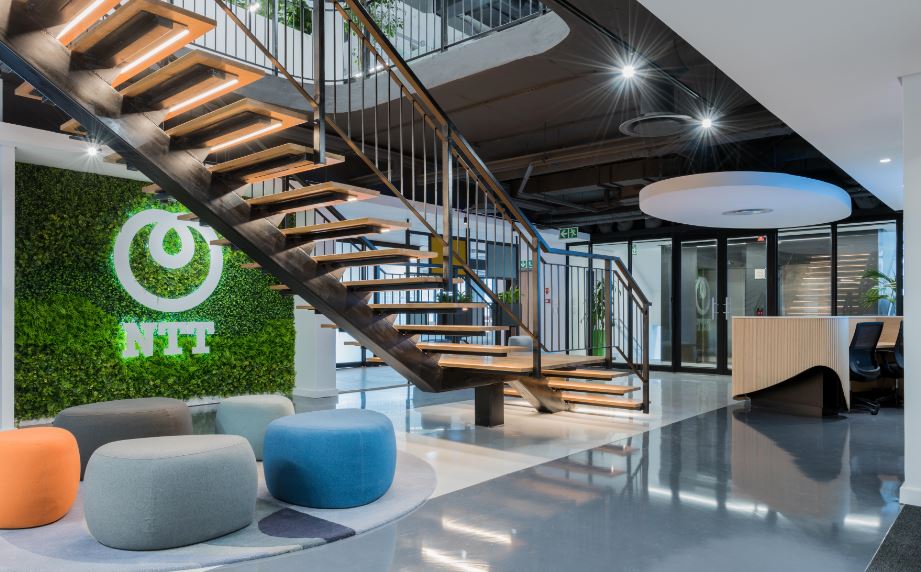Five years ago, launching a decent streaming platform took millions. Now? A teenager with a laptop can build something that reaches millions. That shift…
Cost-effective, smart office spaces to maximize productivity

Change is inevitable, according to Inhouse, an interior architecture firm that used this spatial planning technology to redesign the Dimension Data offices as an attempt to help understand and carve a new way to maximize productivity in office spaces.
Through conversation, the firm believes in designing office space that is functional, innovative, intelligent and smart.
While the Covid19 pandemic shifted the entire landscape for working in the office, Zoom meetings, smartphones, laptops including dropbox became the go to set of tools which many employees naturally shifted towards.
The new norm, a word which became synonymous with a new way of productivity meant productivity had to evolve.
Today, employees have quickly shifted to working from home but as the days migrate away from the pandemic, offices are slowly calling back employees.
This means the same offices would have to provide an added benefit for employees to leave the comforts of their own homes in order to go to high stress level production areas such as traditional offices.
Luckily, Inhouse has the answer.
According to the BrandMapp 2022 survey, 44% of mid and upper income earners have returned to the office full time, 39% are working hybrid, and only 17% are working from home full time. While work-from-home and hybrid setups look set to stay, the office has not fallen away. The question is, how to design office spaces that take all these changes into account and don’t waste space and money.
New tech
Technology that reads and tracks traffic in spaces and is able to predict what kind of adaptations need to be made to office environments for optimal use and comfort.
Technology that records and manages indoor climate control and monitors everything from air quality to viral load in the air.
Technology that aggregates the movements of hundreds of employees and pre-empts where extra support may be needed – sharing where desks are open, where specific teams have congregated, and even where extra support may be required.
Aidan Hart, Co-Founder and Creative Director at interior architecture firm Inhouse was inspired to create a customized system that is able to record accurate data which can be analyzed and used in making informed decisions around office design.
The system is called Ergosense, and together with industry colleague Leon Roodt, Hart designed the software, hardware and data delivery operating system that he and his designers can key into.
These data-led and technology-driven findings are the starting point in generating custom designed work environments that work smarter, are more efficient, and ultimately are happier and healthier spaces for the end users.
Dimension Data married key data findings of an existing office setup from a client’s brief.
The result came as a new and much improved custom designed and fitted office space informed by data acquired from Ergosense monitors throughout the offices.
Ergosense findings showed that small groups of two or three were consistently congregating for breakaway meetings in vast boardrooms, which are both valuable real estate and energy thieves.
The solution was simple, to include a number of smaller spaces and pods with varying degrees of privacy in the new Dimension Data headquarters.
The pods were a success at they complemented the company’s new setup, providing enough privacy for discreet engagement or an alternative working space while still being part of the office’s central landscape.
Crucial elements such as charging stations, adjustable desk heights and alternative work environments are part and parcel of a 21st century workspace.
Of course, the intangible results like cost savings for the client were top of mind, but Inhouse was conscious of creating a space that also focused on staff needs and office usage touchpoints throughout the day.
Forward thinking is necessary in creating the new and modern workstation.
The ability to add functionality as well as forward thinking makes new and incoming design a future which most employees can look forward to, especially in the modern age of going back to the office.
Also read: Here’s how Ash Ketchum, Pikachu from Pokémon became the very best

